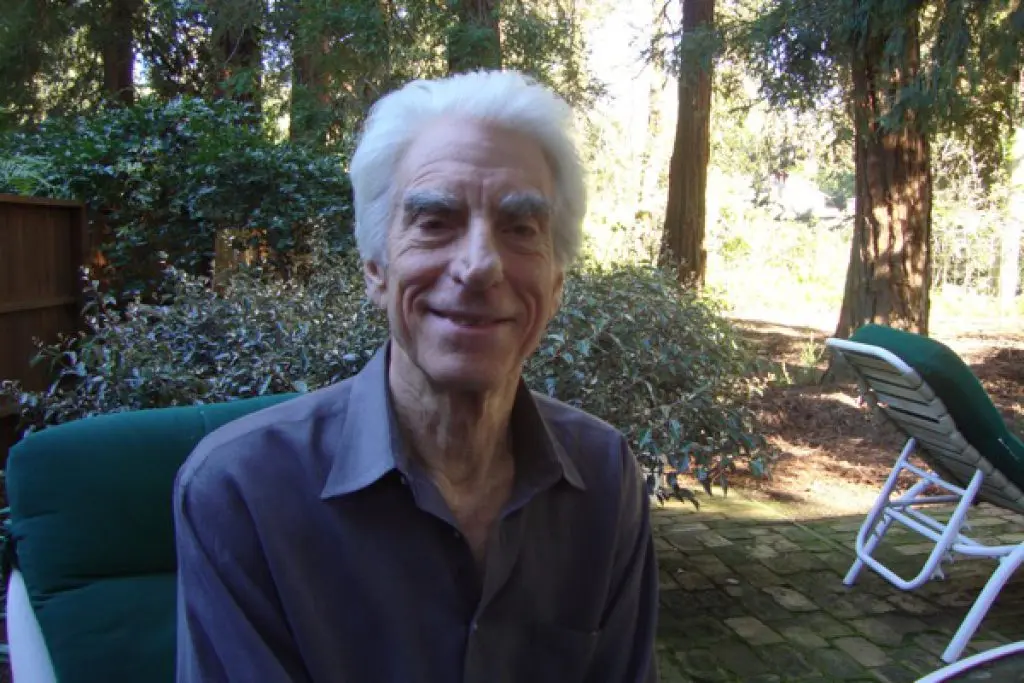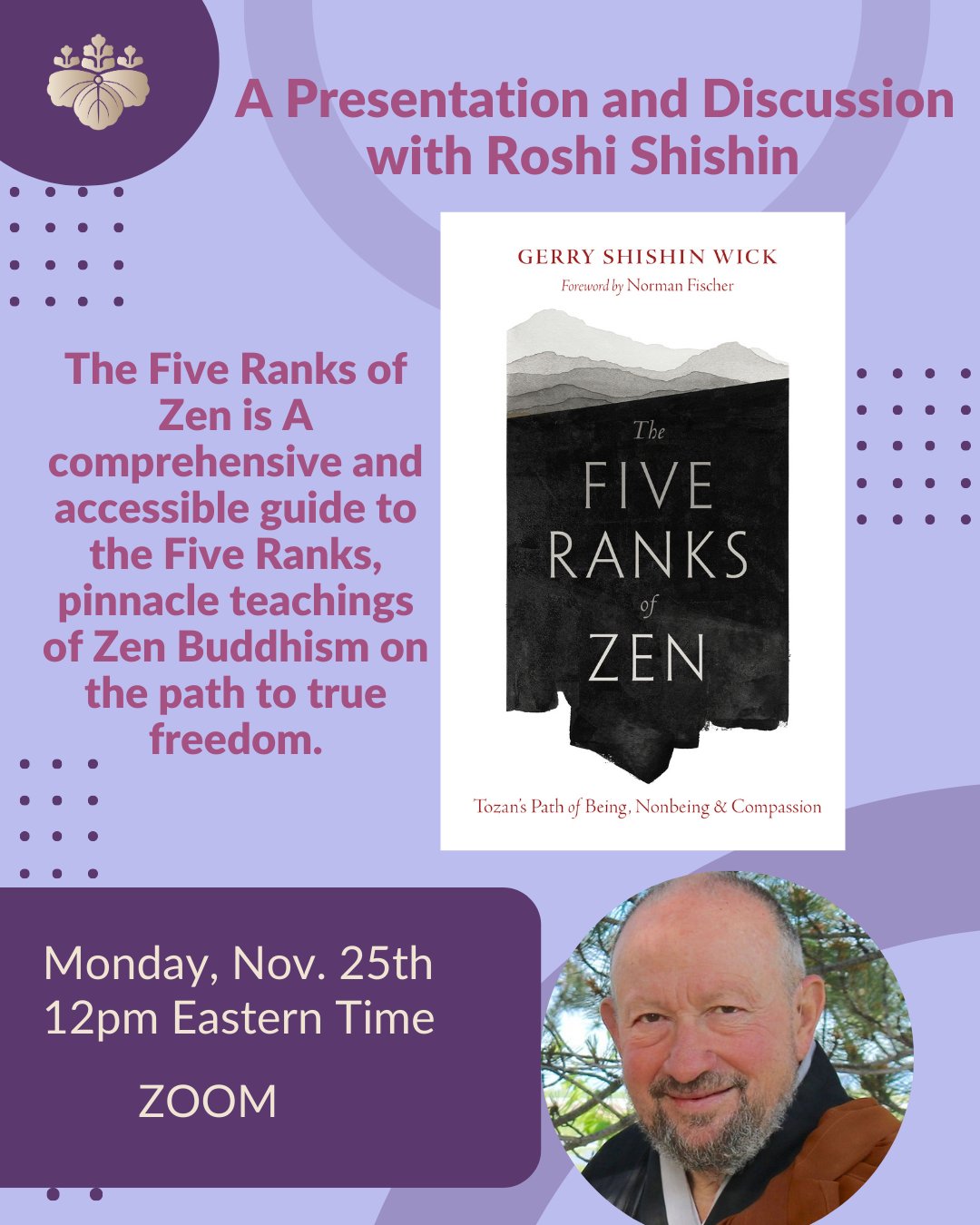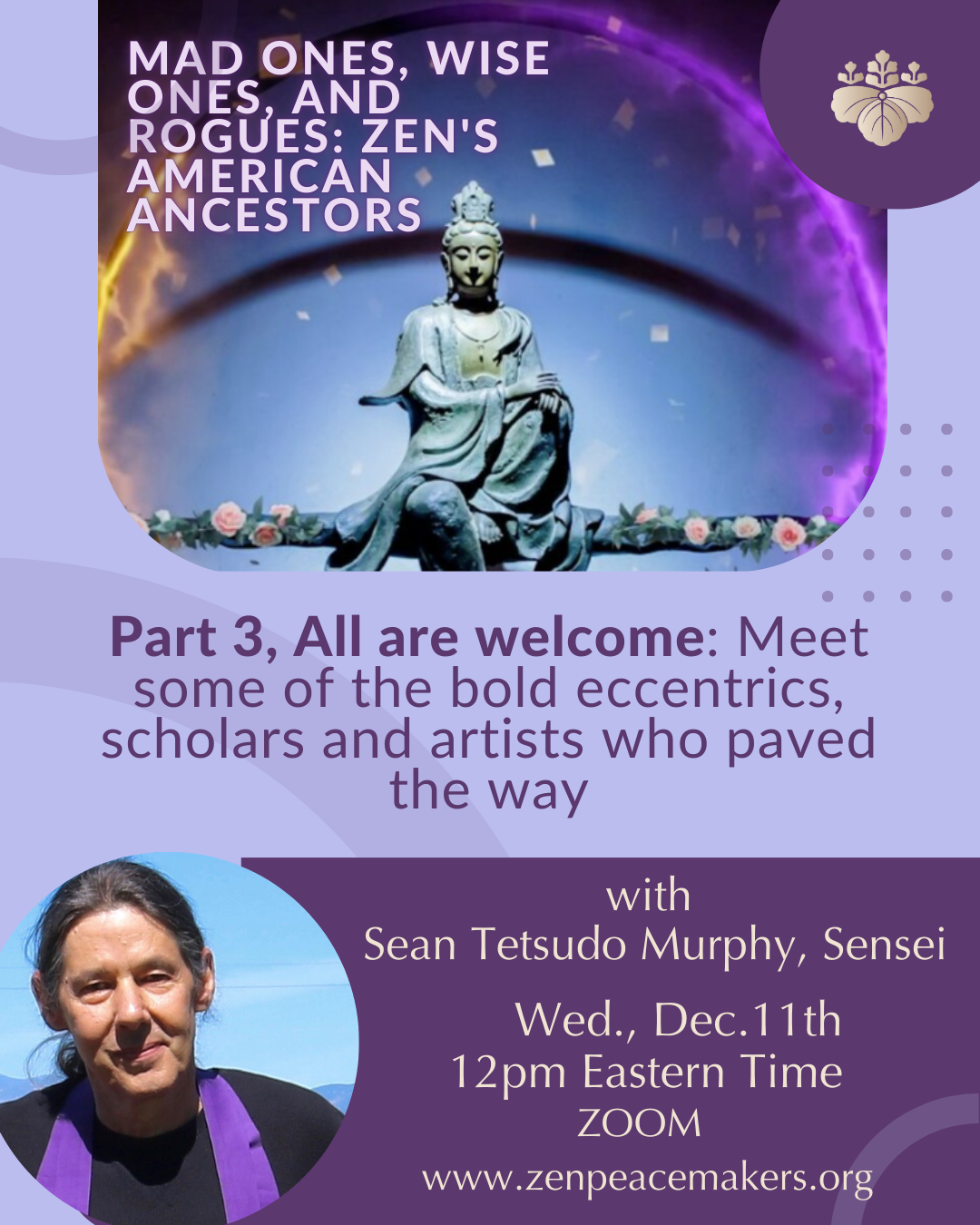Rabbi Don Ani Shalom Singer draws upon his Judaic roots and Eastern teachings to explore the wisdom of the heart.
originally published by Linda Rubin. Click here
Known as the Zen Rabbi because his teachings blend Hasidic tales and Zen stories called koans, Don Ani Shalom Singer is not your father’s rabbi.
A Sensei who received dharma transmission in Zen Buddhism from Tetsugen Bernard Glassman, Singer was also ordained as a Reform rabbi from Hebrew Union College. He now leads contemplative Jewish meditation and Zen sitting practice.
“To me it is something that is personal. You have to feel it in yourself, this movement of life and love and truth that is mysterious,” Singer said.
Singer has gathered a Zen Jewish “contemplative community of friends” called Shir Hadash meaning « New Song. » They celebrate Shabbat and High Holidays and hold study groups at various locations, he said. The Sunday school meets twice a month at Temescal Gateway Park.
The venerable teacher, now a Palisadian, was born and brought up in Brentwood, he said. His parents were artists and intellectuals who hosted literary and political salons at their home, which was situated on two and half acres on the corner of San Vicente Boulevard and Burlingame Avenue. As a teenager, he accompanied them on a two-year excursion to Israel.
“My father (William Earl Singer) painted Ben Gurion and Chaim Weitzman, who was the president of Israel, and painted the land,” he said.
Having come of age during the life-changing years of World War II and the earth-shattering horror of the Holocaust, Singer was awed then by the reality of the Jewish land, Eretz Yisrael.
“What I loved very much was the kibbutz,” he said. “That particular kibbutz, Ein Gev, right on the eastern shore of the Sea of Galilee. That was a wonderful experience for me.”
When he returned home to California, Singer enrolled at UCLA where he double majored in English “because there’s nothing closer to the human psyche than literature, than poetry” and the newly established Hebrew course. That’s where he discovered Martin Buber’s I and Thou and his Hasidic tales.
“I had a little room in the backyard which was mine and I would read and I was in ecstasy, » Singer said. « I just discovered something that was so touching.”
As he spoke, birds chirped in the pines that populate the yard behind the wood and glass house on Brooktree Road where the rabbi is staying with friends.
“So I remember going outside and reading a chapter to a little tree,” he said as he laughed at the memory. “And it answered.” He laughed some more.
Singer went on to become a pulpit rabbi, a youth educator and then a Hillel rabbi at large, traveling to 40 college campuses and leading student retreats during the late 1960s and early 1970s.
“Song, dance—that was the Jewish way—and stories. When we would have High Holidays, we would meet outdoors on the ground overlooking the ocean. Three hundred kids, we’d sing, I’d give a talk and we’d dance,” he said. “There was openness, a loving. And there was a sense of poetry, literature and song. But there was another thing in the air. There was something called Zen.”
Zen, the rabbi explained, is “living in meditation.”
“[It] is an effort to understand yourself and go beyond, which is what we’re dealing with also with the Jewish tradition, with the wisdom of the heart. That’s biblical,” Singer said emphatically. Chochma lev: the wisdom of the heart. »
In the mid 70s, Singer was invited to represent Judaism and speak about the Hasidic tales at a retreat for the study of Judaism and the Religions of the East, sponsored by Leo Baeck Temple. The East was represented by Zen master and head of the Zen Peacemaker organization Bernie Glassman of that exotic eastern land, Brooklyn, N.Y. Glassman invited Singer to his house for shabbes.
“I came for [shabbes] and I stayed for a Zen retreat,” he said, laughing again. The rabbi laughs a lot.
“I was into the Hasidic tales and I loved the koans. As Buber pointed out in the 1920s, Hasidic tales and koans really do relate. They are in many ways the same effort to express something in just a few words. And I wanted to learn them. And also I like the idea of sitting meditation, just sitting.”
Singer started going to weeklong retreats at the Zen Center at Normandie Avenue near Olympic Boulevard. He and Glassman gave workshops there on Judaism and Zen. Singer led Jewish Shabbat services. He eventually left Hillel and spent some time on the East Coast where Glassman had established an interfaith center.
“And the one thing we had in common was sitting. I was the rabbi of the Zen community of New York,” Singer chuckled.
In the mid-1990s, Glassman invited Singer along with a Christian minister and a Muslim to join an interfaith retreat at Auschwitz-Berkenau called Bearing Witness.
There an international group of 150, including many Poles and Germans, meditated and prayed for five days. They sat on the railroad tracks quietly for three or four hours a day, he said. Religious services represented their respective faith traditions; Jewish, Buddhist, Muslim, Catholic and Protestant.
“We were facing the darkness. And at night . . . people would speak and pour their hearts out, some of them children of survivors, some survivors and some children of the perpetrators. And it was powerful, so powerful. And so many of us got so close,” Singer said.
“Not only did we see the past but we saw ourselves in each other’s eyes and what it is to be a human being.”
Rabbi Singer is now focused on “sharing the dialogue of life” with the community of Shir Hadash. He leads retreats in Israel and New York, teaching on Skype and one-on-one, he said.
“We read texts together like Buber’s I and Thou, or the text by Rabbi Loew of Prague from the 1600s, Rabbi Menachem Mendel of Vitebsk, a leader of Hasidic Judaism. Also I teach the prophets of the Bible, Amos and Hosea.
“And I do weddings and bar mitzvahs,” he added with a gentle laugh.




